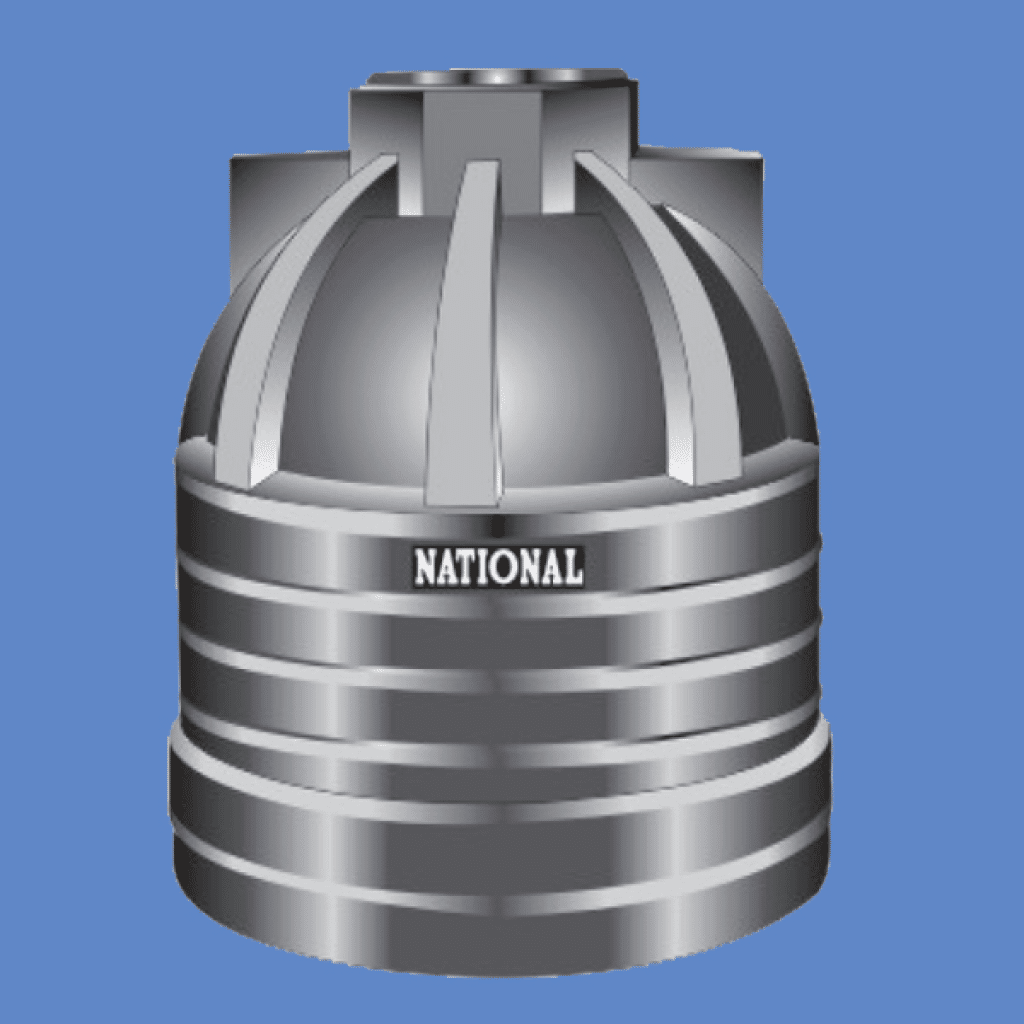Selecting a plastic water tank to use in your home, agriculture, or industry may make color appear like a mere cosmetic consideration to you, but, like you probably know, it is much more significant than you think. The type of color on a plastic water tank directly influences the performance of such a tank, durability, water quality, and heat absorbency. Let us look at the difference between black, white, and colored water tanks to guide you to make a better decision.

1. The Black Plastic Water Tanks
The main features are:
Good UV Resistance: Due to this strong absorption of sunlight, black tanks are much more UV resistant, shielding against UV radiation and allowing sunlight not to enter them.
Algae Prevention: Black tanks prevent algae and bacterial growth within the tank since they block any light.
Durability: They use a UV-coated surface and are therefore usually more durable in outdoor installations.
Common: It is commonly used both in residential and commercial construction, particularly in sunny areas.
Considerations:
It can become hot in summer, so raising the temperature of stored water marginally.
Modern houses or terraces can make it seem bulky or industrial.
2. White Plastic water tanks
The main features are:
Reflects Heat: White tanks reflect light and therefore keep water in storage at a lower temperature, particularly in very hot climates.
Lightweight Appearance: Decorative and goes with modern-style buildings or light-colored buildings.
Perfect RO/Drinking Water Storing: The inside of the coolers always ensures that the water is maintained fresh.
Considerations:
Let’s in more light on the black tanks, and this poses a threat to the formation of algae unless cleaned on a regular basis.
It demands multi-layer or white designs that are opaque to address the problems in light filtration.
🔵🟢🟡 3. Plastic Water Tanks (in colors like green, blue, yellow, etc.)
Key Features:
Custom Aesthetics: Colored tanks provide a compromise between aesthetic looks and practicality. Frequently selected in accordance with architecture designs or with terrain patterns.
Option of UV-Stabilized: Color fixtures, most of the new tanks available are UV resistant (usually green and blue).
Layered Protection: it could be provided in the configuration of double/triple/quadruple layers to enhance heat and light resistance.
Considerations:
Light blocking with different colors is effective at different levels:
Dark green or blue tanks supply light beats (as does black).
Light colours ( beige, yellow) can require an extra layer of UV protection.
Ensure that the tank is made up of a UV-resistant external layer and a food-grade inner layer.
Layer Up is More Important than Color
The contemporary tanks commonly arrive in:
Single-layer (Basic)
Added strength (Double-layer)
Triple layer (Comes with UV-resistant outer, middle insulation, and food-grade inner layer)
Four-layered (Additional antibacterial (or heat-reflective) coating)
Multi-layered tanks are more protective and perform excellently as compared to single-layer tanks, in spite of their color.
Which Plastic Water Tank is better?
| Use Case | Best Tanks |
| High-Sunlight Exposure Area | Dark green or black UV protection |
| Aesthetic outdoor placement | White or colored tanks with multiple levels |
| Water/RO storage | White or blue, with food-grade inner lining |
| Industrial or agricultural | Black or green algae resistant |
The color of your water tank comes without being plastic and of water is not merely a cosmetic decision; it can dictate the safety of water, its ability to give off heat, and stay intact after years of service. UV-stabilized, multi-layer tanks constructed of FDA-approved food-grade plastic should always be sought so as to maximize water safety.
Have questions and need assistance in selecting the proper tank for your site or project? Call on us to get professional advice.


